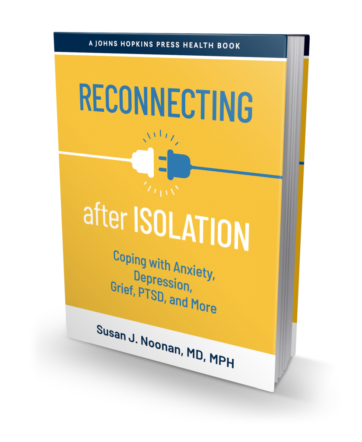 If you read the news or watch any media service in the recent past you might get the impression that having depression is associated with being a dangerous or violent person. Several stories overwhelm our evening news coverage, leading with the allegedly depressed airline co-pilot who flew a planeload of passengers into a mountainside, and a mother of two who took her own life and that of her young daughters. This is enough to put fear in the hearts of the general public about those who suffer from depression. Can we trust them? What will they do? Are we safe?
If you read the news or watch any media service in the recent past you might get the impression that having depression is associated with being a dangerous or violent person. Several stories overwhelm our evening news coverage, leading with the allegedly depressed airline co-pilot who flew a planeload of passengers into a mountainside, and a mother of two who took her own life and that of her young daughters. This is enough to put fear in the hearts of the general public about those who suffer from depression. Can we trust them? What will they do? Are we safe?
The good news is that these stories are rare occurrences. The National Comorbidity Survey findings (2005) confirmed previous studies that mental illness is only a weak predictor of violent behavior. This means that having any mental illness may have a very small association with aggressive or violent acts. The NCS survey’s conclusion is NOT specific to depression – it includes all diagnoses. With respect to depression or bipolar depression, there are a few clinical situations where having depression may make it somewhat more likely that a person demonstrates violent behavior. The first is in the case where a person has a “psychotic” depression. “Psychotic” means that the person has lost touch with reality and may have visual hallucinations or hear voices. This is a very specific, serious and rare condition. One might imagine that a person with psychotic depression would have behaviors that are out of his or her control – the person would not realize what he was doing. This would be obvious to everyone in the general public. An example would be a post-partum woman who recently gave birth, came down with a psychotic depression, and took the life of her child but was unaware of her violent actions.
Another example is that of an “agitated” depression. Again, this is not very common. In this instance the person appears very irritable, argumentative, might start fights with others or punch a wall. This is not the same degree of violence as has appeared in the recent news stories.
The next example to mention is where some people with depression or bipolar disorder “self-treat” with alcohol or illegal street drugs to the point of abuse. This is often called dual diagnosis. Those under the influence may live a life on the edge, sometimes taking dangerous steps to secure money for their alcohol or drug habit. You can see how violence could enter into their lives at some point as they struggle to survive.
The last example is that of suicide. Suicidal thoughts, plans, or attempts are a very serious stage of a person with severe depression. Suicide is often considered an impulsive action in a troubled person who sees no way to change his or her painful circumstances. In most cases the individual is intent on harming himself only and does not injure others along with himself. In a sense suicide is violence turned inward. The Alps airline accident is tragic in that, so far as we know, the co-pilot’s reported depression led to suicide and unfortunately took the lives of so many other innocent people. This is also a rare occurrence.
I hope this clears up any confusion or mis-representations that might be out there.
Stay well!
